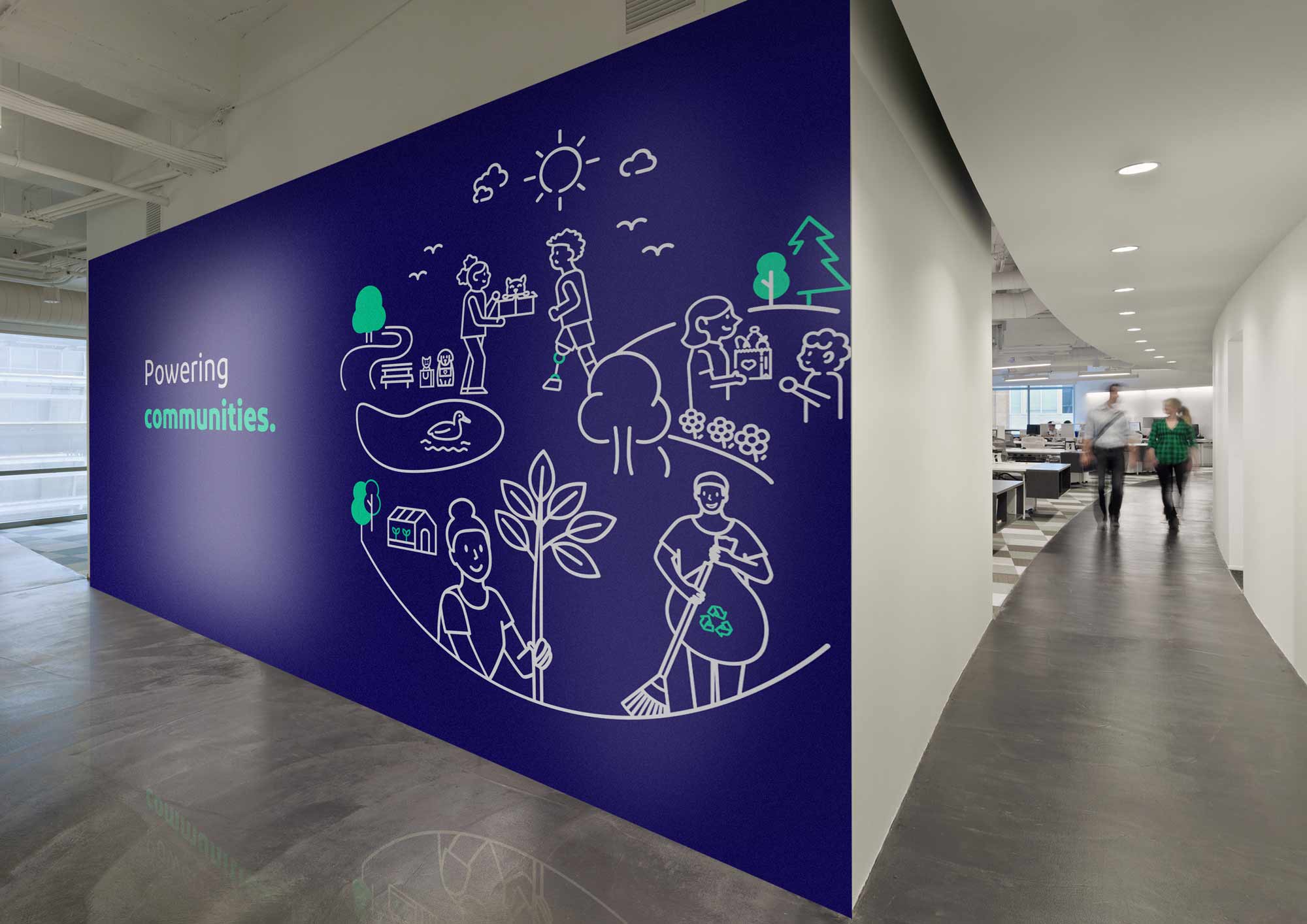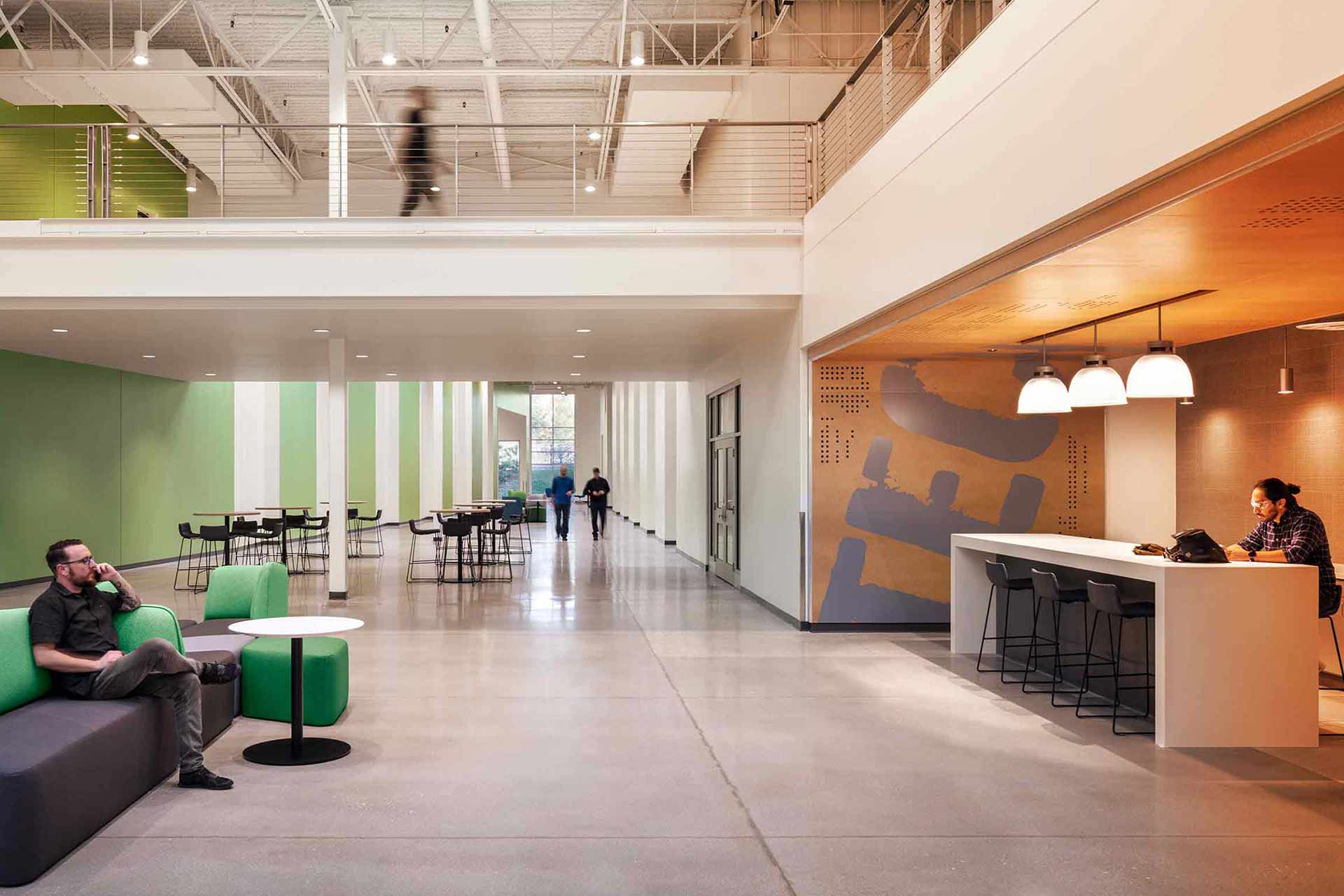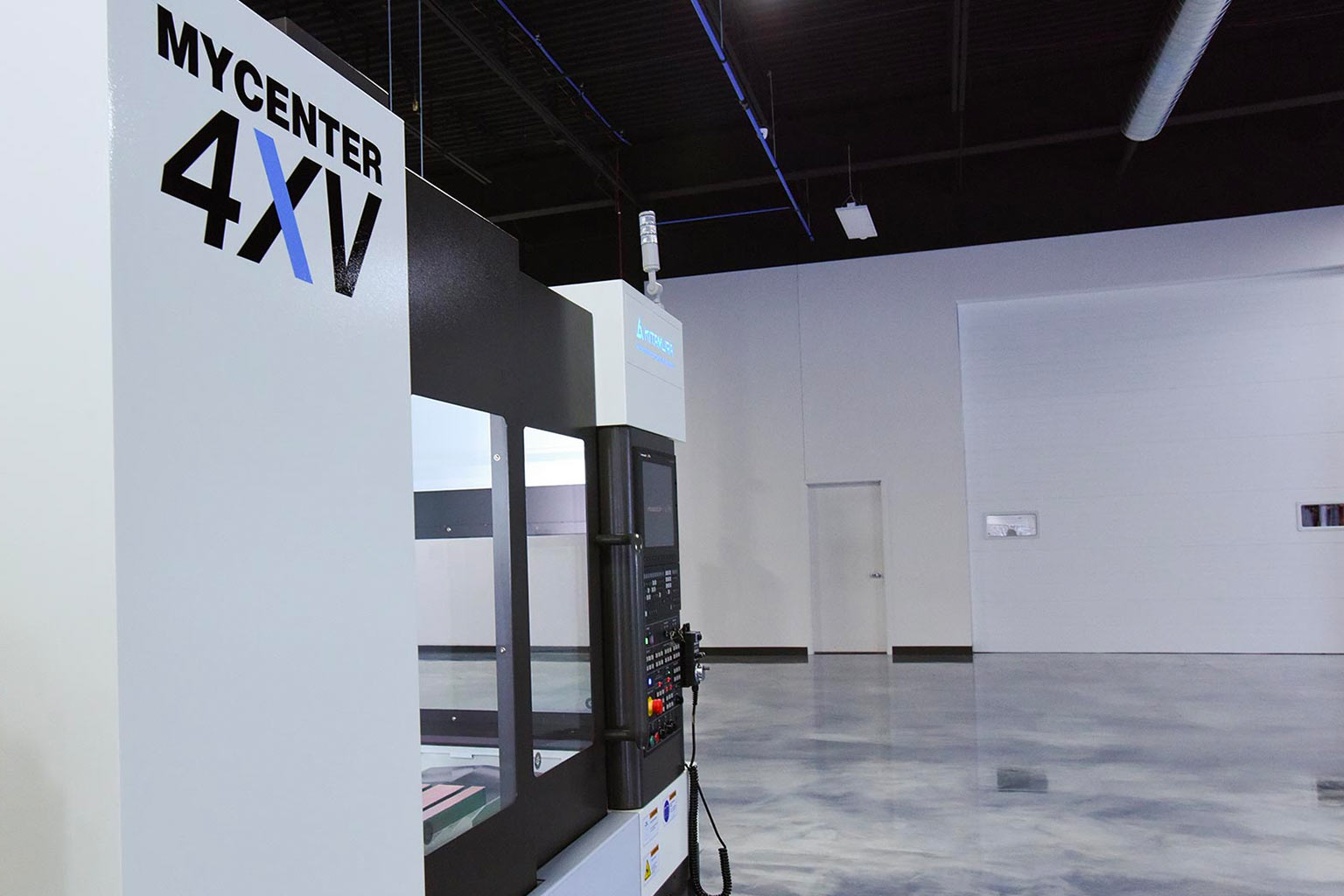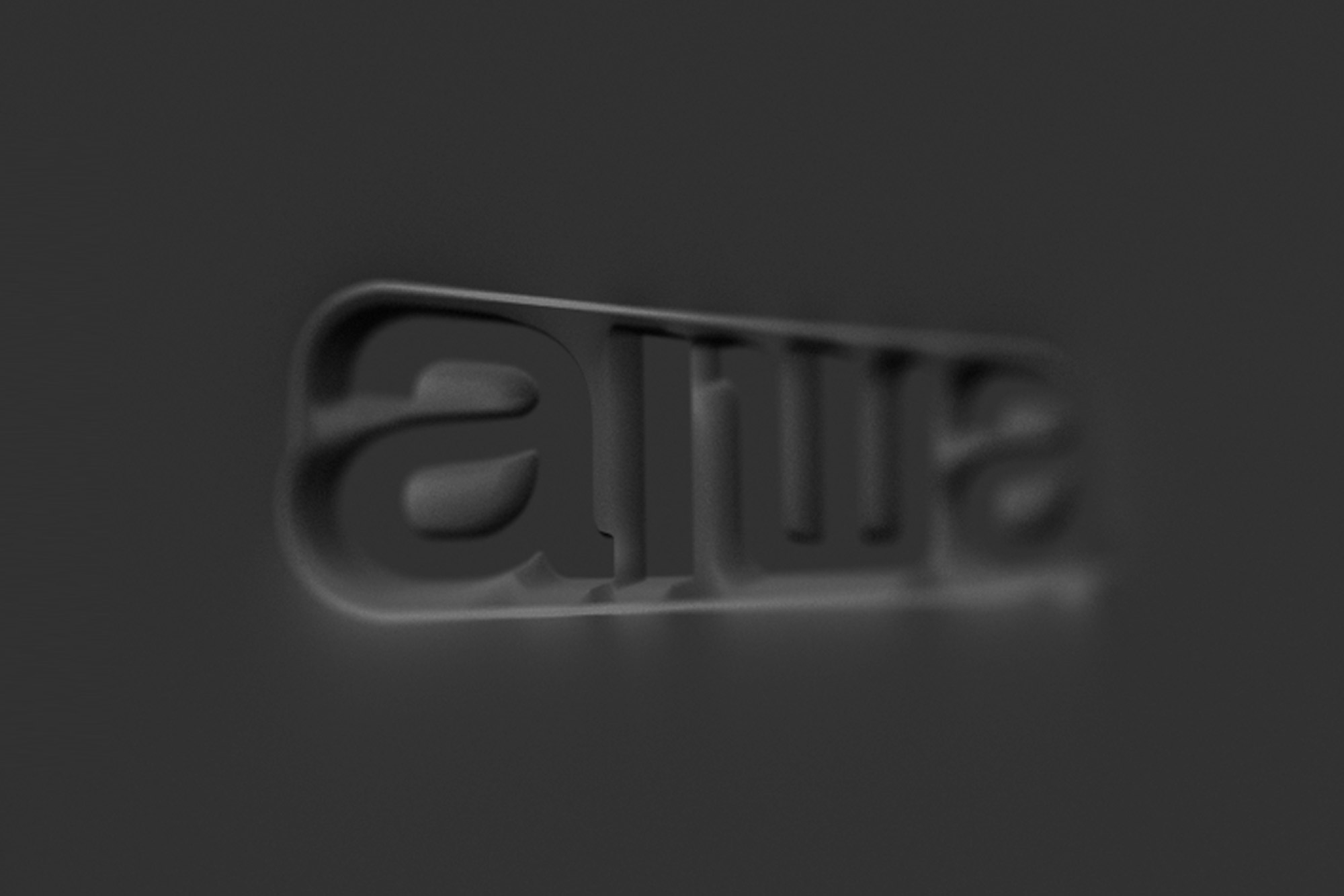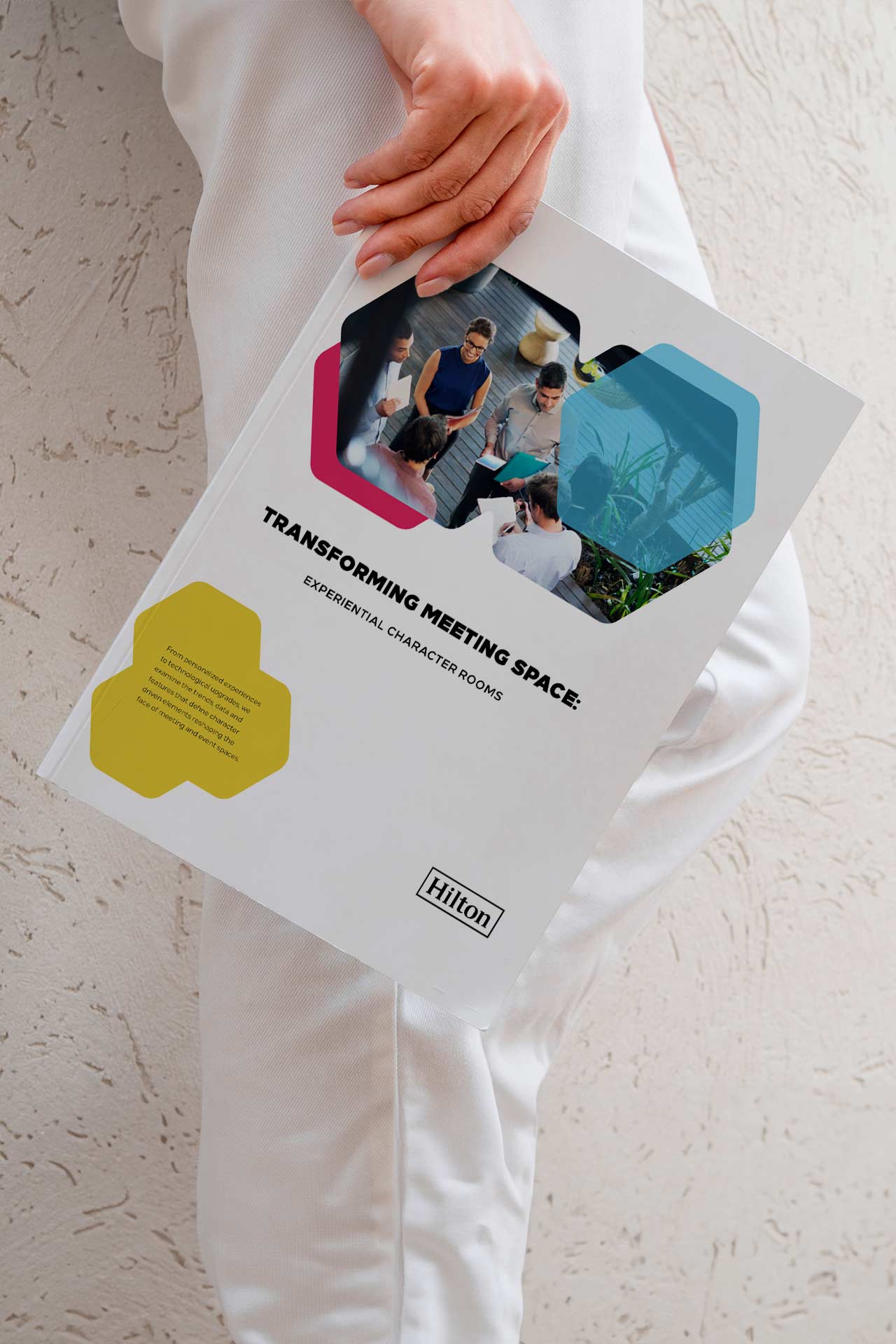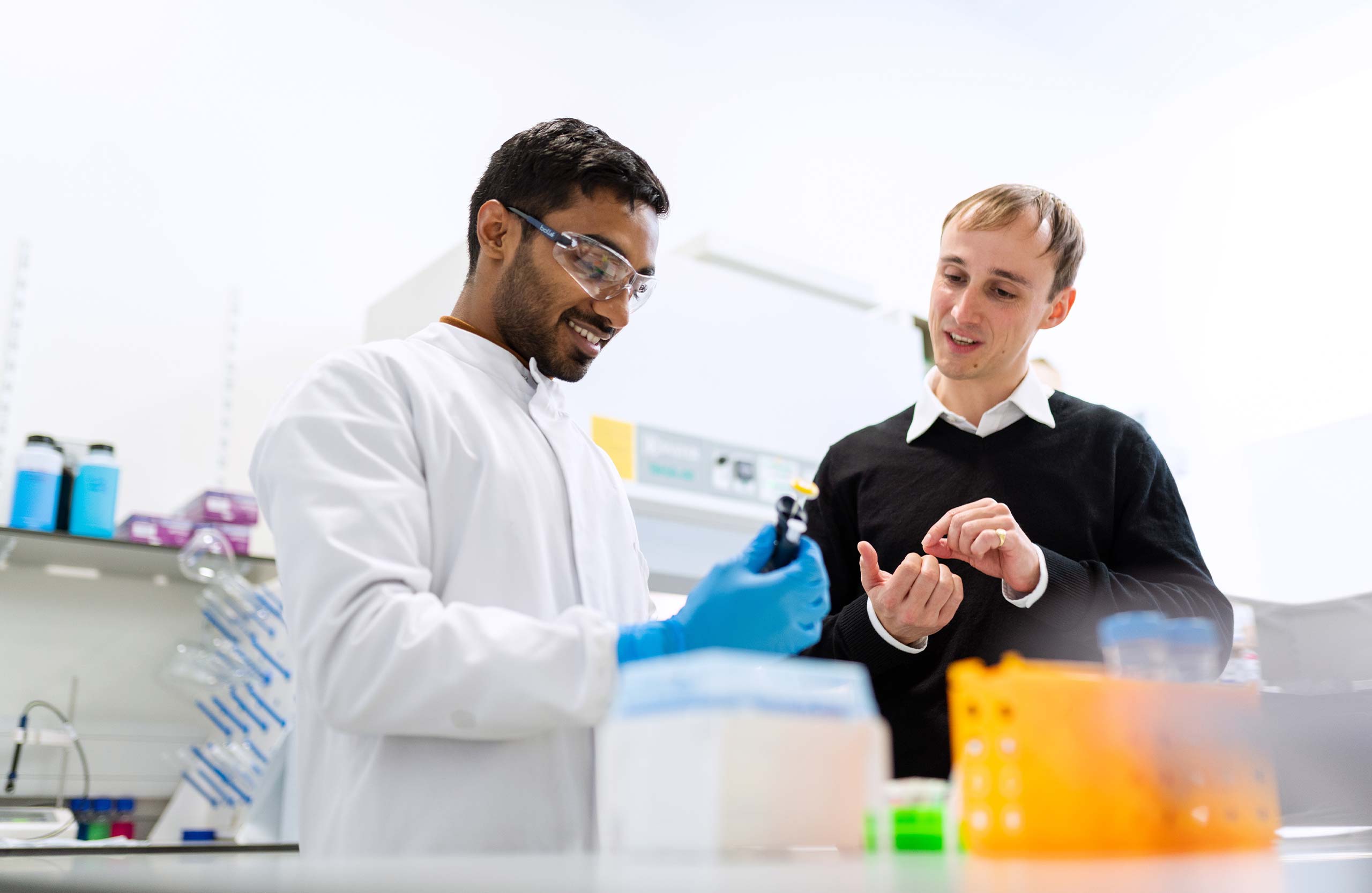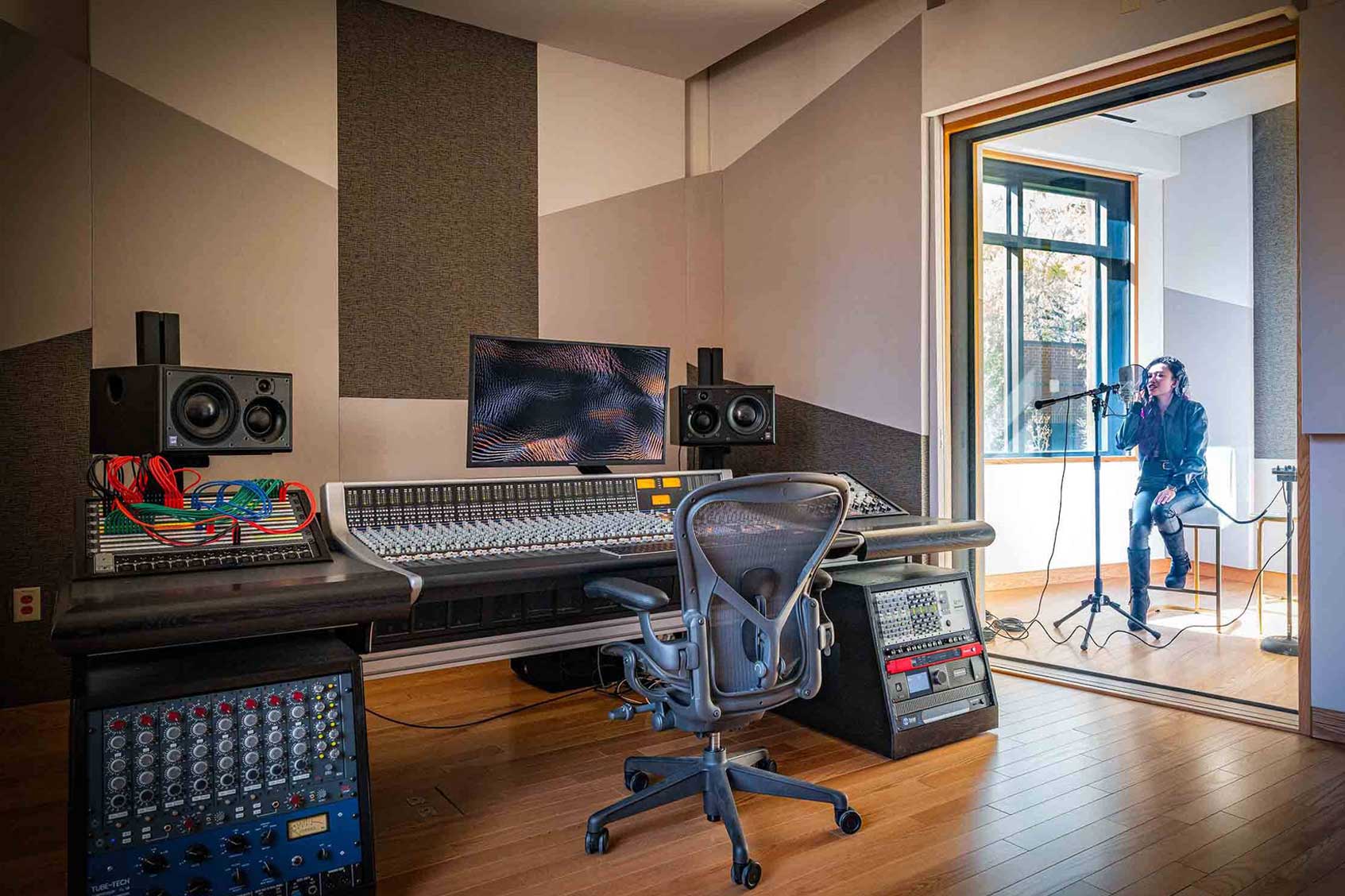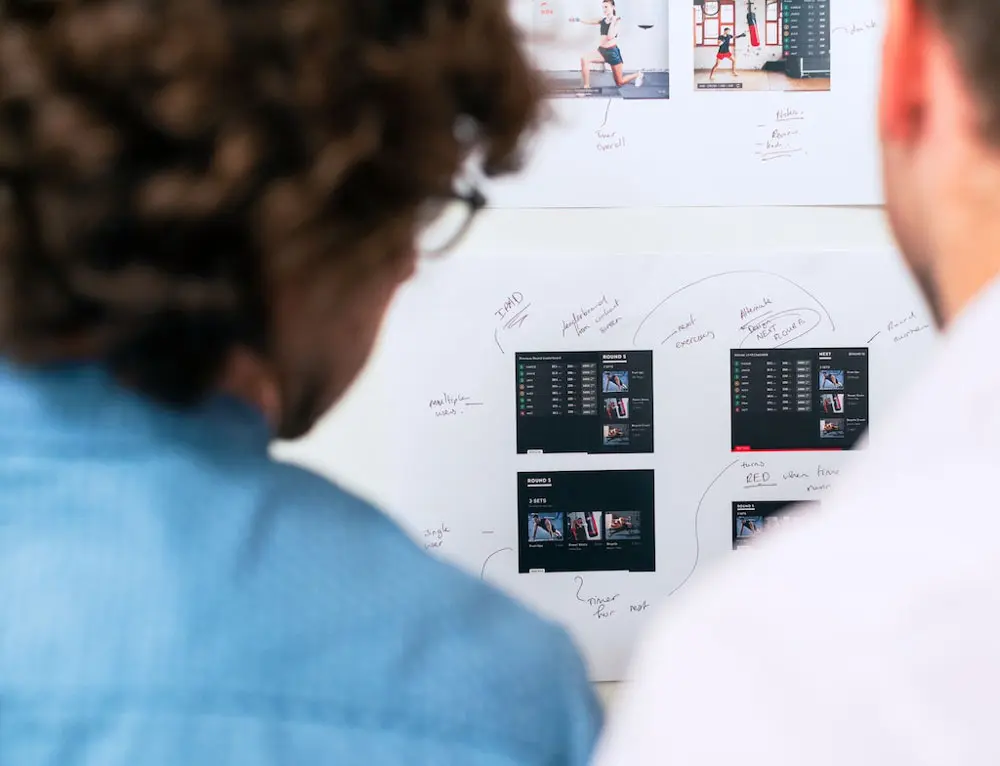When kicking off a web design project, it’s no secret that clients would like to get to the design phase as quickly as possible. Even if there is a clear understanding of the project being user experience centered, everyone wants to see color and content, both visual and contextual as soon as they can.
Providing a high-level view of what a site will look like, this lo-fi versioning of a website gives a ‘black and white’ skeletal representation of what the mapping (both navigation and content-based) of how the site will ultimately function for the user. It’s important to understand that the wireframe process is an integral step in paving the ideal pathway for the user and determining how the site’s main navigation will function.
Much of the entire design process, and particularly in the initial phase – the project requires the ability to clearly communicate messages and collaborate on the next steps. Technically speaking, wireframing is one of the most effective ways to express how the user will process information and how the brand should be represented in terms of the greater definition of information hierarchy without getting into detailed versioning of image selection, color and detailed content strategies. It is a sometimes overlooked, but all-important step in any screen design process, and results in a clearly optimized solution right from the start.
Whether it is with an internal team or client, having the tools to effectively present an idea and show the process to delivery is integral in gaining stakeholder approval and ultimately, the best end product. Many times, the use of wireframes will spark ideas and pathways that had not been previously brought to the table in outlining their initial goals and vision for the site – with wireframing acting as the main driver for helping this process along.
To illustrate the value of wireframing, not only from a user experience perspective but from an ROI standpoint – think about it this way: wireframing outlines the functionality and user journeys that, when not discussed in the beginning stages of a project, that can become costly and timely pursuits to backtrack on in later phases.
The process of wireframing not only is a great ‘warm-up’ for a collaborative team but provides real direction for the project. From here, the design and content teams work to develop the form that has been developed with the appropriate creative assets to bring the experiential environment to life.
